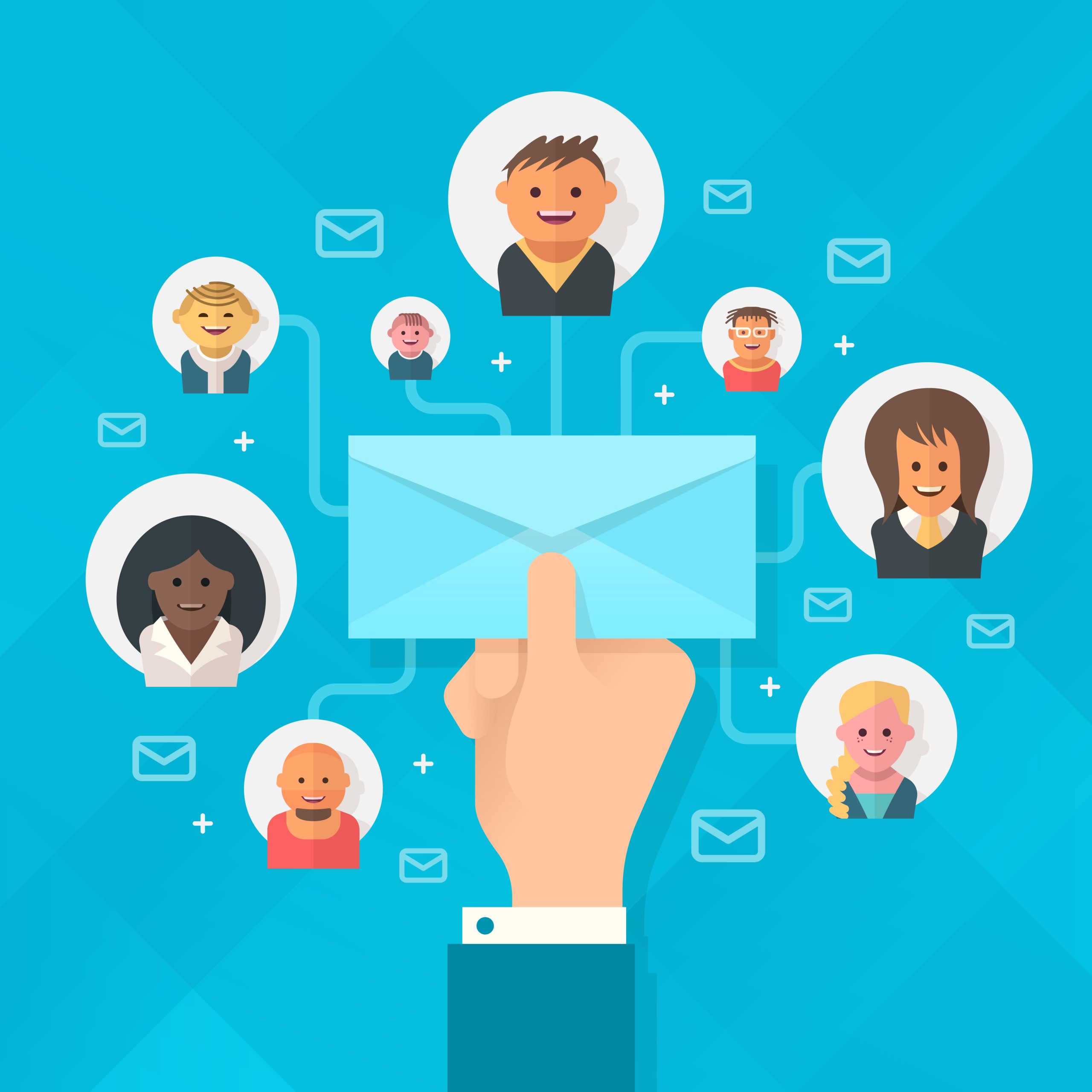Nonprofit email marketers are lagging behind peers, and the preferences of constituencies, in their ability to provide personalized, relevant messaging.
More than four out of five consumers (81 percent) report that they want touches of personalization in emails they receive from nonprofits, according to the 2017 “Consumer Email Habits Report: What Do Your Customers Really Want,” a study of 1,003 online respondents commissioned by Campaign Monitor and conducted by Market Cube. The percentage is in line with preferences for other industries, including media and publishing (87 percent), entertainment (85 percent), travel and hospitality (84 percent) and retail (79 percent).
When it comes to actually delivering relevant information to supporters and potential supporters, nonprofits tend to bring up the rear with only 42 percent of respondents stating that they regularly get relevant emails. The percentage represents the lowest measured, just behind media and publishing’s 50 percent, and far behind the leader, retail, at 76 percent.
Email personalization can be based on either personal demographics or behavior – how an individual is interacting with an organization, according to Andrea Wildt, chief marketing officer for Campaign Monitor. Based on how individuals are segmented, emails can be personalized with a variety of content, calls to action, and the like. In addition to being a more targeted approach for organizations, personally relevant emails resonate better with recipients – building a trust that is sometimes hard to foster when recipients are bombarded with so many contacts from so many senders.
Wildt attributed nonprofits’ struggles to provide personally relevant emails to an overall lack of ability to capture data and use that data to segment. Resources available to nonprofits are often far more modest than those of retailers, she added.
Further complicating matters for nonprofits is the disparate ways various age groups interact with emailed material. Nearly three out of five Millennials (58 percent), defined as those younger than 35, can trace the decision to take action or make a donation to an email – the highest among measured industries. That figure drops to 29 percent among those ages 35 to 54 and 18 percent for those age 55 or older.
The data mean that nonprofits must take a multi-pronged approach to marketing, Wildt said, that still features methods such as direct mail that appeal to older donors while using methods like email to cultivate younger donors who might not grow into their giving for another decade. Given the similarities in how individuals like being communicated with across industries, Wildt said that nonprofits can take lessons from peers in the for-profit space that tend to be more adept at leveraging technology and targeting customers.
“They are just not quite as mature at leveraging some of the technology,” Wildt said. “There is so much noise that nonprofits really need help cutting through. The competition for donors’ wallets is still fierce.”











